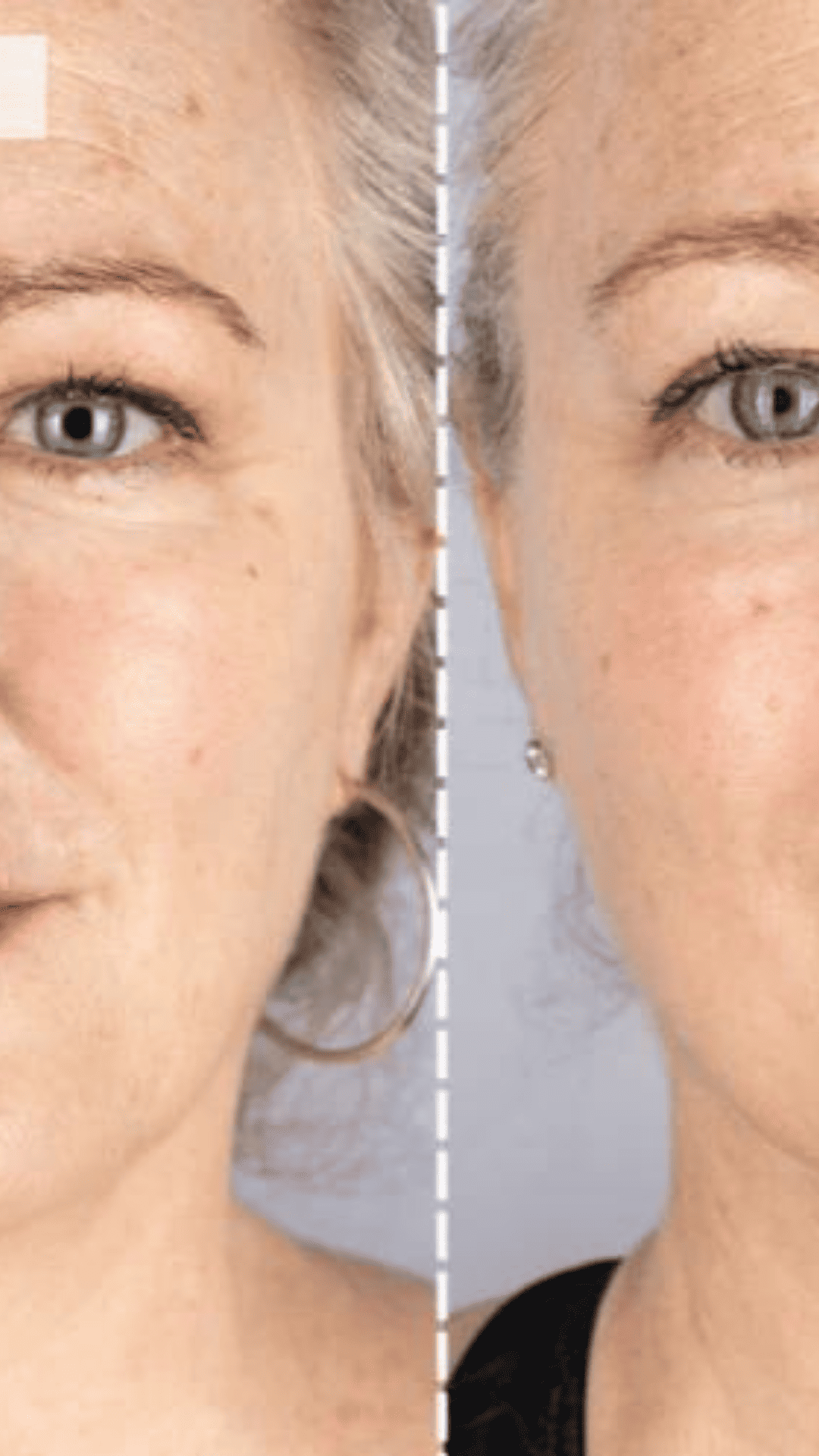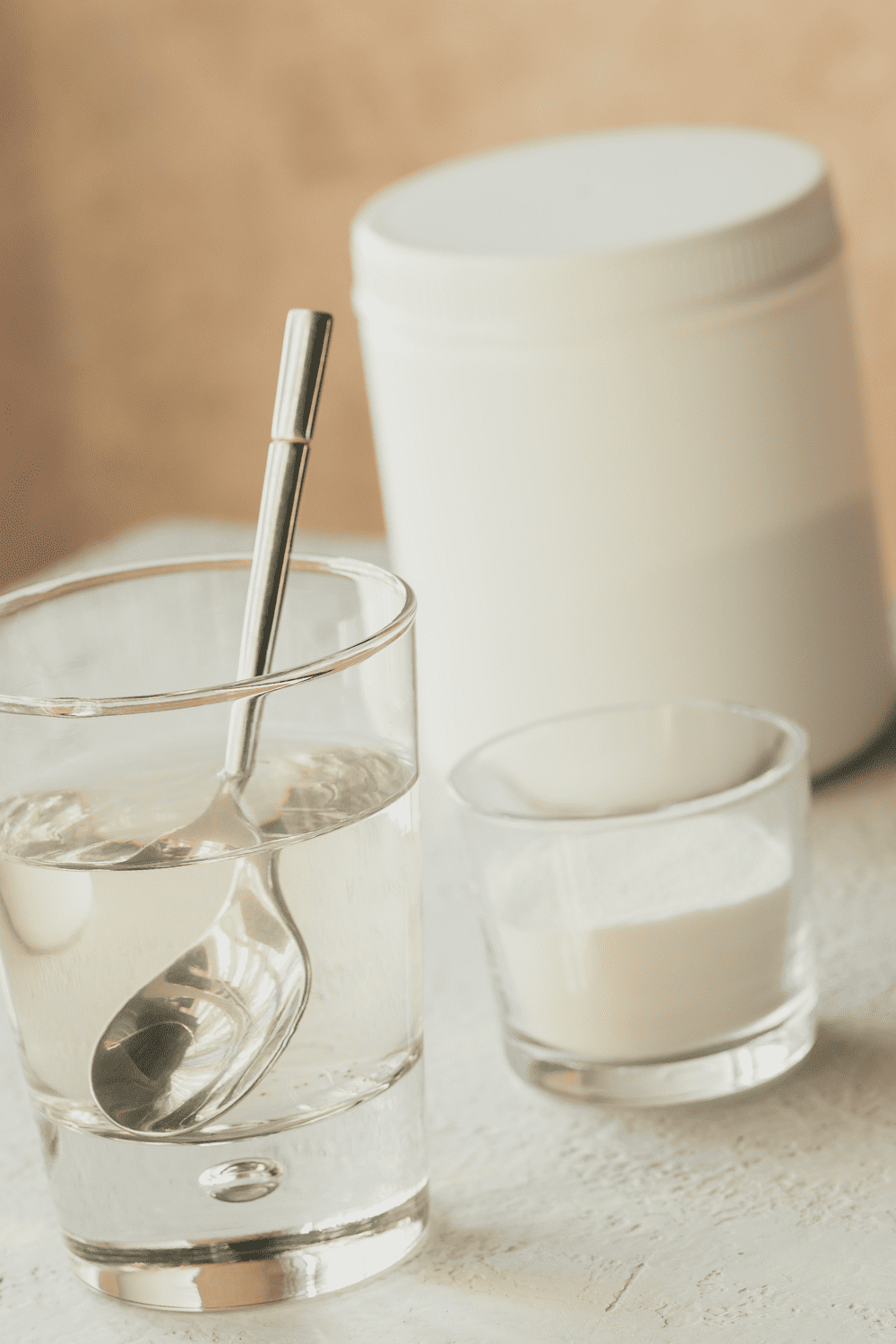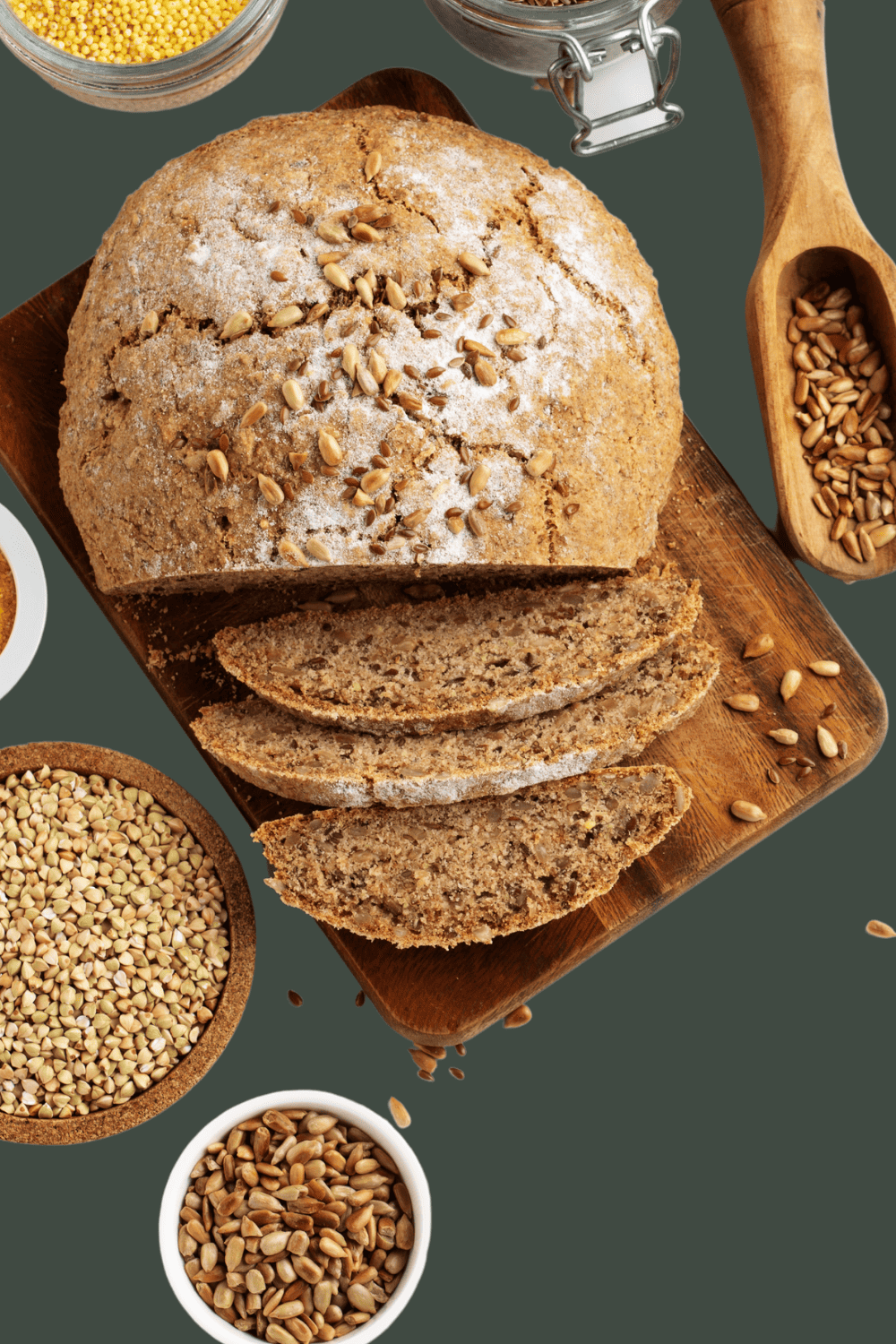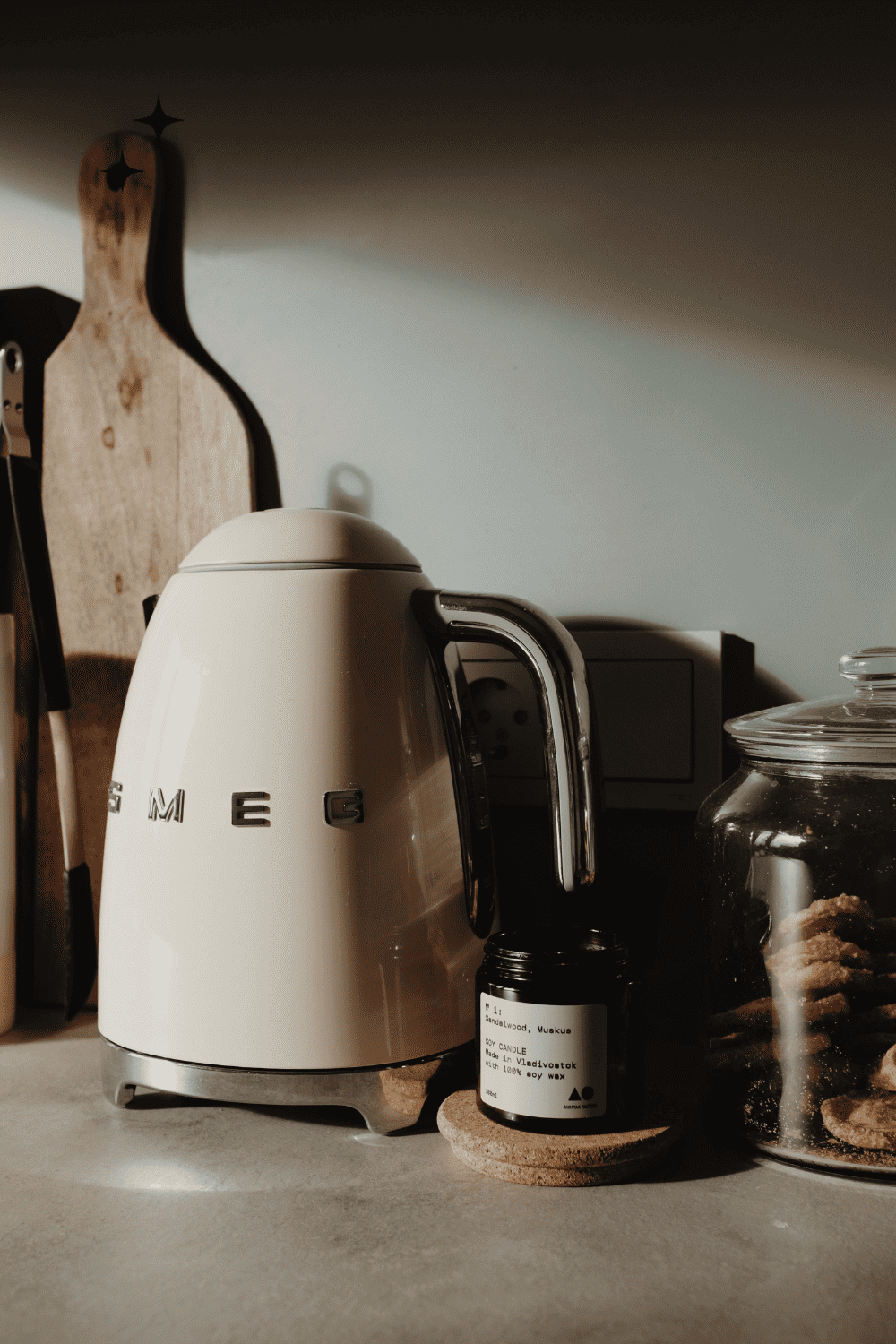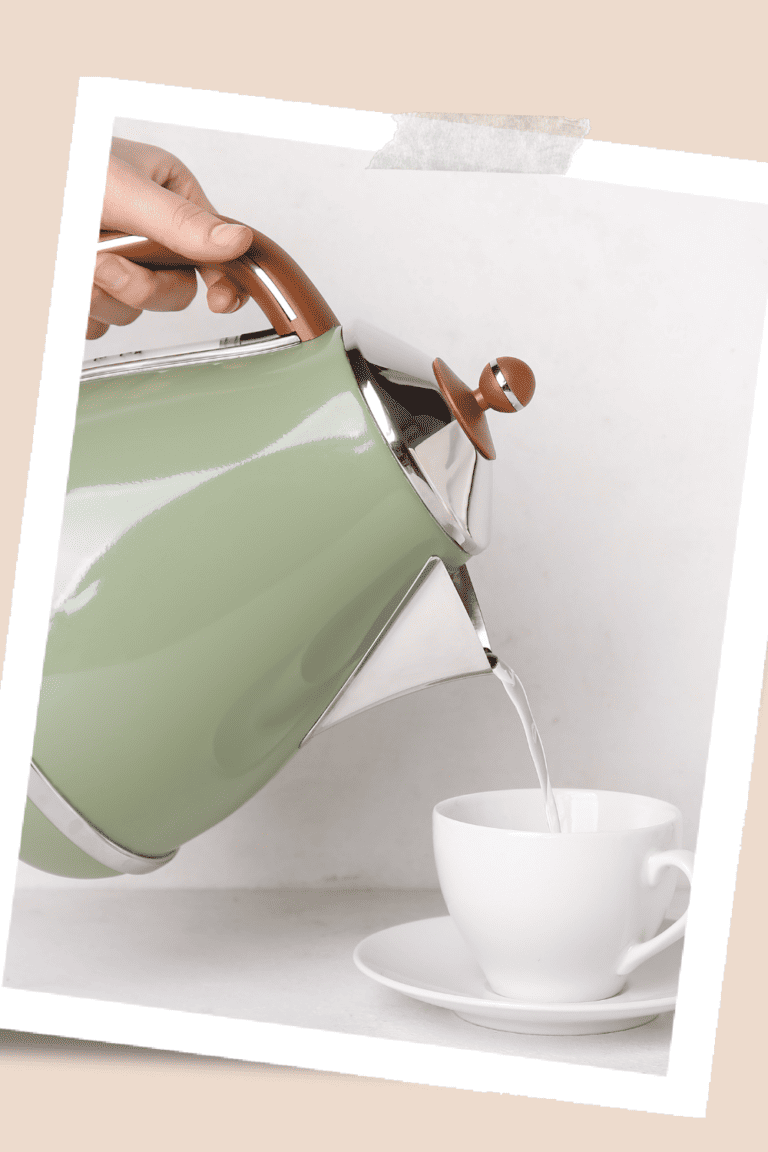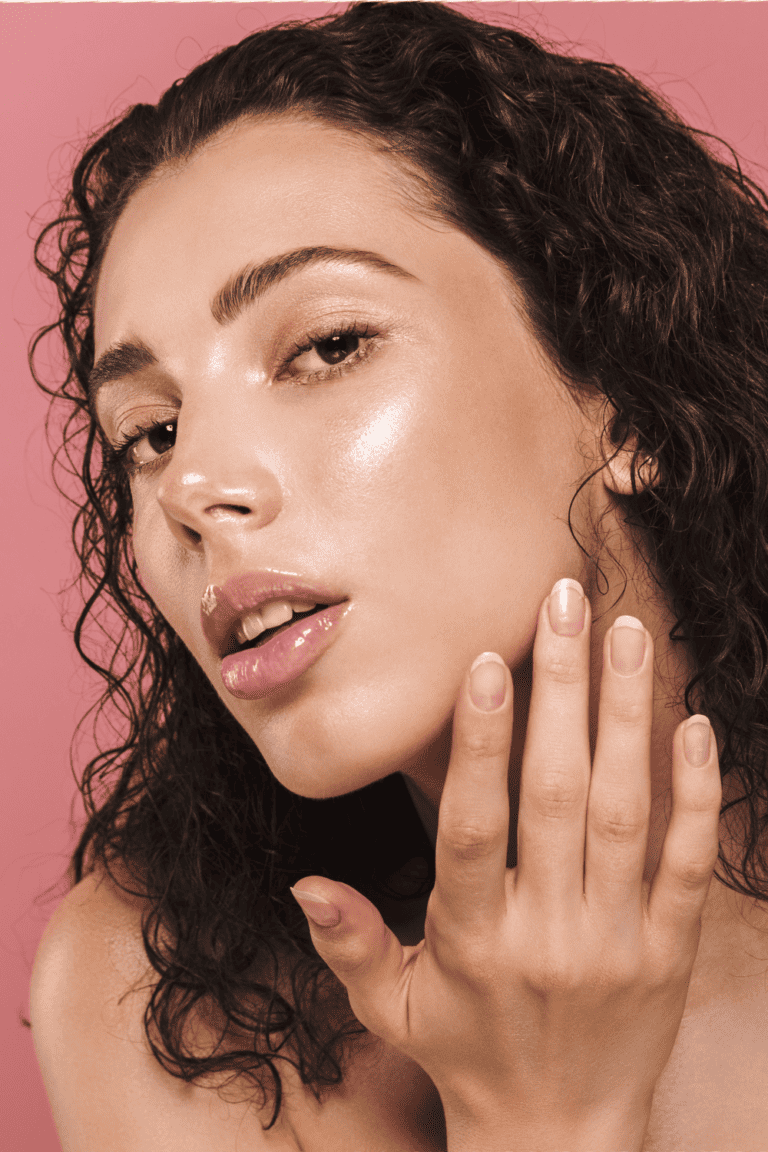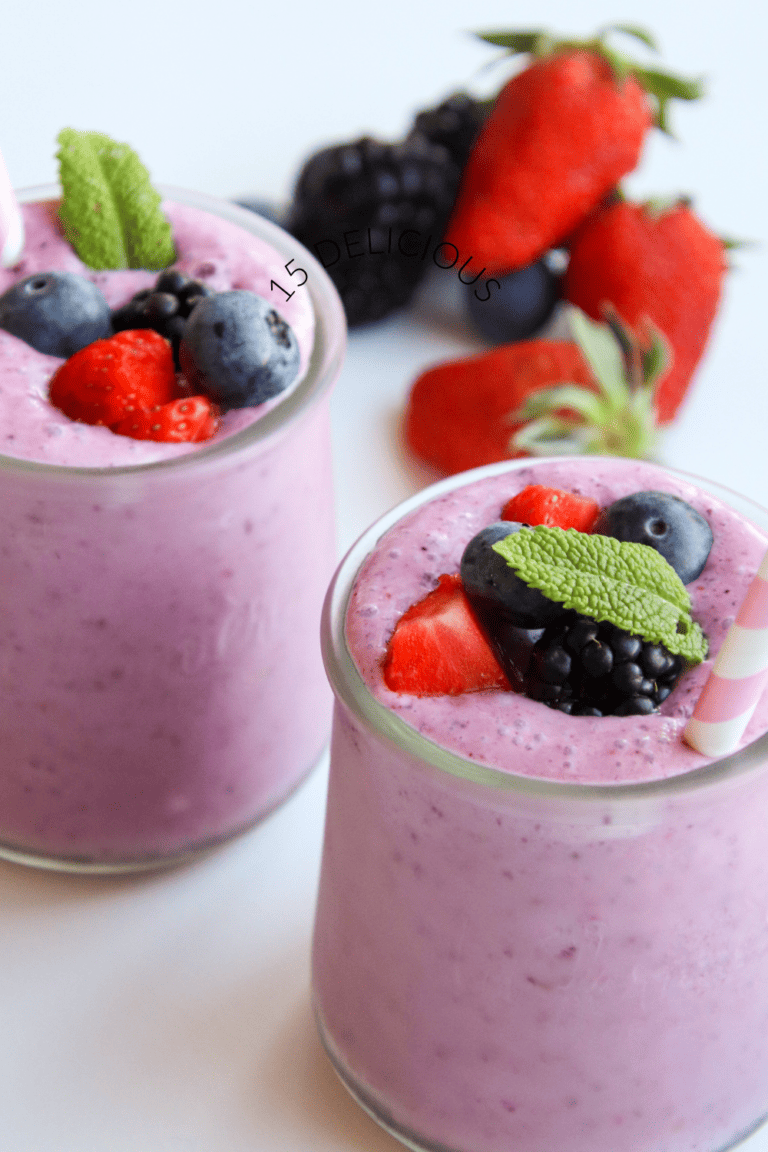Ice Bath vs Sauna: A Holistic Look at Wellness Therapies
This post is about ice bath vs. sauna use.
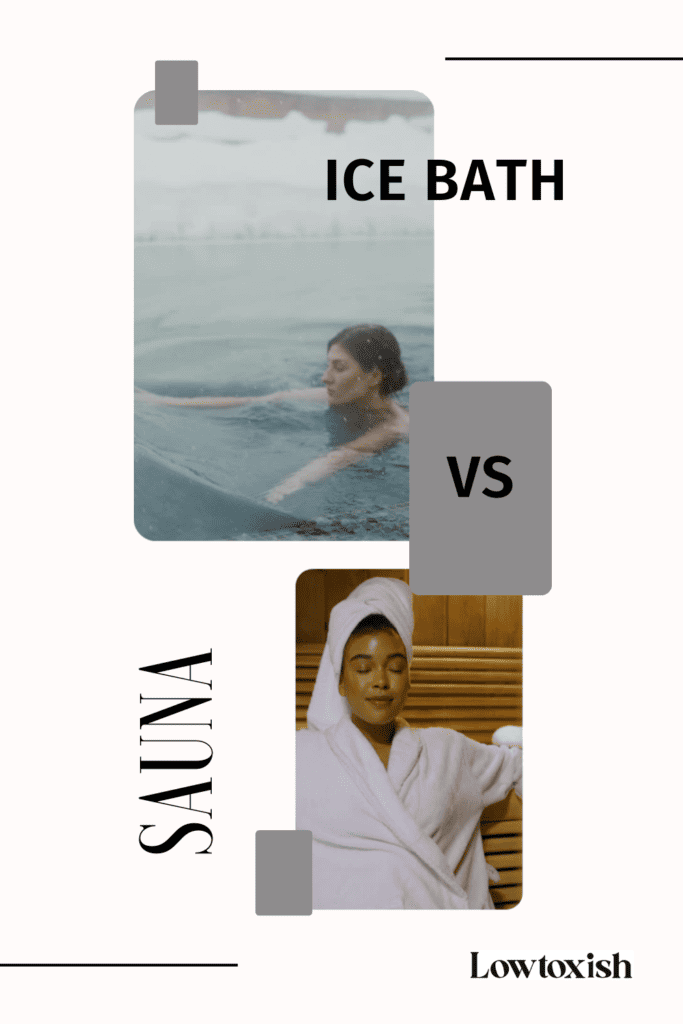
This post about ice bath vs sauna may contain affiliate links, which means I’ll receive a commission if you purchase through my link, at no extra cost to you.
Today, we’re diving into the age-old battle of hot versus cold: ice baths vs. saunas. Both are beloved by athletes, wellness enthusiasts, and even the occasional celebrity (we see you, Gaga!). But with such different approaches, it can be tough to decide which one’s right for you.
Let’s break down the basics: Ice Bath vs Sauna
Ice Bath Basics:
- Temperature: 40-50°F (4-10°C)
- Duration: 5-20 minutes
- Physiological Effects:
- Vasoconstriction: Blood vessels constrict, reducing blood flow to the muscles, which helps to decrease inflammation and muscle soreness.
- Cold shock protein production: Triggers the body’s repair mechanisms, potentially aiding in muscle recovery and reducing pain.
- Increased endorphin release: Can elevate mood and reduce stress levels.
Ice Bath Benefits:
- Reduced muscle soreness and inflammation: This is particularly beneficial after intense exercise like running.
- Improved athletic performance: Ice baths may help to improve exercise recovery and endurance.
- Boosted immune system: Cold exposure may stimulate the immune system, potentially reducing the risk of illness.
- Pain relief: Ice baths can be helpful in managing chronic pain conditions such as arthritis.
- Improved mental well-being: Cold immersion can increase alertness and reduce symptoms of depression and anxiety.
Suana Basics:
- Temperature: 150-195°F (65-90°C)
- Duration: 10-20 minutes
- Physiological Effects:
- Vasodilation: Blood vessels dilate, increasing blood flow to the muscles and promoting relaxation.
- Increased sweating: Helps to detoxify the body and improve circulation.
- Pain relief: Can alleviate muscle pain and stiffness.
- Improved cardiovascular health: Regular sauna use has been linked to lower blood pressure and cholesterol levels.
Suana Benefits:
- Reduced stress and anxiety: The heat of the sauna promotes relaxation and can help to improve mood.
- Improved muscle recovery: Because heat therapy increased blood flow, using a sauna after exercise increased the blood flow to muscles that have just been subjected to micro-tears. The increased oxygen and nutrients to the muscle will help the muscles re-built.
- Improved sleep quality: Regular sauna use may lead to deeper and more restful sleep.
- Pain relief: The heat of the sauna can help to soothe muscle pain and stiffness.
- Detoxification: Sweating can help to eliminate toxins from the body.
- Improved circulation: Saunas can improve blood flow throughout the body, which can benefit cardiovascular health and healing.
The Differences: Ice Baths vs Saunas
The best choice for you will depend on your individual needs and goals. Here are some factors to consider:
- Your fitness level: If you are new to exercise, you may want to start with a sauna since it is generally considered to be more relaxing and because your body temperature will already be acclimated to heat. Ice baths can be more challenging for beginners.
- Your goals: If you are primarily interested in reducing muscle soreness and injury inflammation or increasing endorphins an ice bath may be a better option. If you are looking for relaxation and stress relief, detoxification, healing, or muscle recovery a sauna may be more beneficial.
- Your personal preference: Some people find the cold shock of an ice bath to be too intense, while others enjoy the heat of a sauna. Ultimately, the best way to choose is to try both and see which one you prefer.
More to Consider Plus My Personal Opinion
From all of my research, I believe the true benefits of ice baths come down to:
- Practicing emotional and breath control in uncomfortable situations.
- An increase in endorphins.
- Pain relief and decreasing inflammation in injury situations (for instance runners with shin splints using ice baths after running to relieve pain) or with chronic pain such as arthritis.
Whereas, the core benefits of a sauna I believe far exceed those of ice baths:
- Detoxification: I first hand have seen how sauna use can help detox the body from biotoxins like mold and bacteria.
- Healing of injuries. While cold therapy offers pain relief, the heat from the sauna increases blood circulation to the injury which will get more oxygen and nutrients to the injury.
- Most saunas include red light and near and far infrared light. These wavelengths are scientifically shown to provide great healing to the body and improve well-being.
It also makes me uncomfortable that ice baths can open up the blood-brain barrier: “Sudden immersion in ice-cold water can cause transient pulmonary edema and increase permeability of the blood-brain barrier, thereby increasing mortality of neurovirulent infections.” As the mom of a son who had a biotoxin illness that caused extreme brain inflammation, I hate the idea of more toxins crossing the blood-brain barrier. Of course, this would be less of a risk with a very healthy person.
I love love love Whim Hoff and his breathing practices but I personally don’t think the benefits of ice water therapy are worth the risks unless practiced very very gradually. The shock of the ice water in itself is what causes a lot of the risks so using the practice slowly and carefully is the best idea. Or, use it in conjunction with sauna use where you use the sauna first and then perhaps use the cold therapy only where there is pain. The way I think of it, the sauna is best for long-term healing, and ice baths are for temporary pain relief.
I know I’ll get some hate for my opinions on this and maybe my opinions will change. I just don’t see ice baths as a great wellness practice compared to other modalities like sauna and breath work. In my opinion, it should be used for acute injury pain reduction and very very carefully and slowly for building control over the nervous system through self-calming and breath work.
More posts like this…
Gluten and Inflammation Research: A List of Studies, Research, and Facts
Amazing Deep Forehead Wrinkles Before and After
Why Go Gluten Free for Weight Loss?
Choosing an Electric Kettle, No Plastic Allowed!


